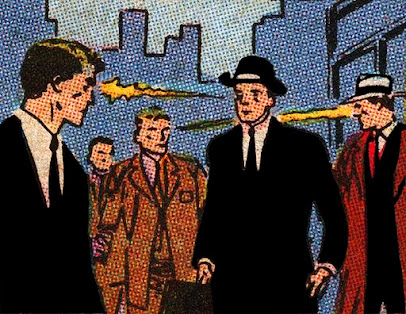 |
| A united right-wing front |
New group clashes with O.C. Board of Education over ethnic studies
OC Register
As board members critique new ideas on teaching history and culture, Truth in Education critiques the board.
On the same day that more than 200 residents met for an Orange County Board of Education forum on ethnic studies, a new group gathered to say it will push back against what they termed the board’s “misinformation” and “lies.”
Members of “Truth in Education” on Tuesday said their group was formed to counter the Orange County school board’s opposition to ethnic studies and critical race theory. They also said they will emphasize the importance of teaching ethnic studies, not just in Orange County but nationwide.
 |
| OC Board of Ed's Lisa Sparks: right wing Her hubby spoke at IVC Commencement a couple of years ago |
“The current system, our system, your children’s system, is outdated. It teaches hate and rewards bigotry,” said Ian Scruton, a student from Saddleback Valley Unified School District who gathered with some 20 fellow “Truth in Education” members outside Eastbluff Elementary School in Newport Beach.
Meanwhile, in Costa Mesa, the Orange County Board of Education held its own press conference and later hosted a special meeting with invited speakers on the same topics: ethnic studies and the more controversial critical race theory, also known as “CRT”.
“I don’t think that anybody here today would deny that racism sadly continues to play a role in our society,” board member Lisa Sparks said during the press conference.
“But where the conflict arises is on whether, in fact, society is designed to perpetuate racism or whether we have continued to make progress towards a more just society, thanks to the work of all ethnicities, color and backgrounds…
“In many of its iterations, CRT seems to reject the idea that America is a fundamentally free country, born out of lofty aspirations, and concludes instead that our country is fundamentally flawed and designed only to protect white privilege.”
Ethnic studies is the interdisciplinary study of race and ethnicity, which includes the often-overlooked history and contributions of Blacks, Latinos, Native Americans and Asian Americans.
 |
| Mari Barke, OC B of E, Republican |
Critical race theory is a decades-old academic concept typically taught at the college level that looks at race as a social construct [isn't it?] and racism as something that is embedded in governmental institutions and policy.
Some educators, including Los Alamitos Unified Superintendent Andrew Pulver, have said the two teachings are separate and they tout ethnic studies as a means of teaching empathy and helping achieve racial justice and equity. Critics, however, say that schools have melded the two and that the ideas of critical race theory have seeped into K-12 curricula, teaching children that people are divided into groups, with some as victims who are oppressed, and whites as the oppressors, leading to divisiveness and intolerance.
“It is not unreasonable to affirm that critical race theory is designed to convey hostile, divisive, race-obsessed, poisonous, elitist, non-inclusive ideas,” Sparks said.
Parents like Henny Abraham of Costa Mesa criticized proposals to introduce a curriculum that she said is divisive….
See also: Orange County to explore tense issues over ethnic studies and race, EdSource


























